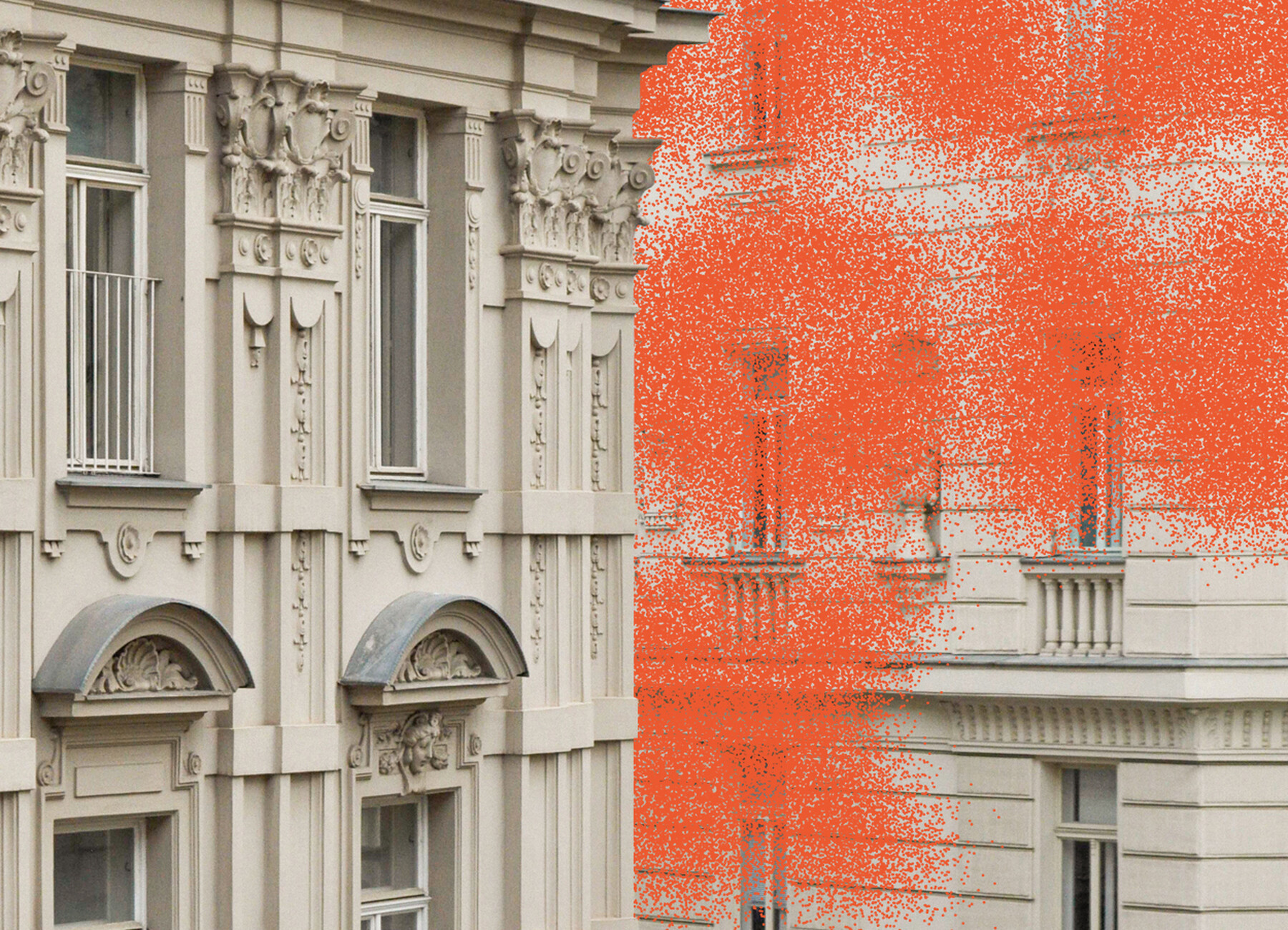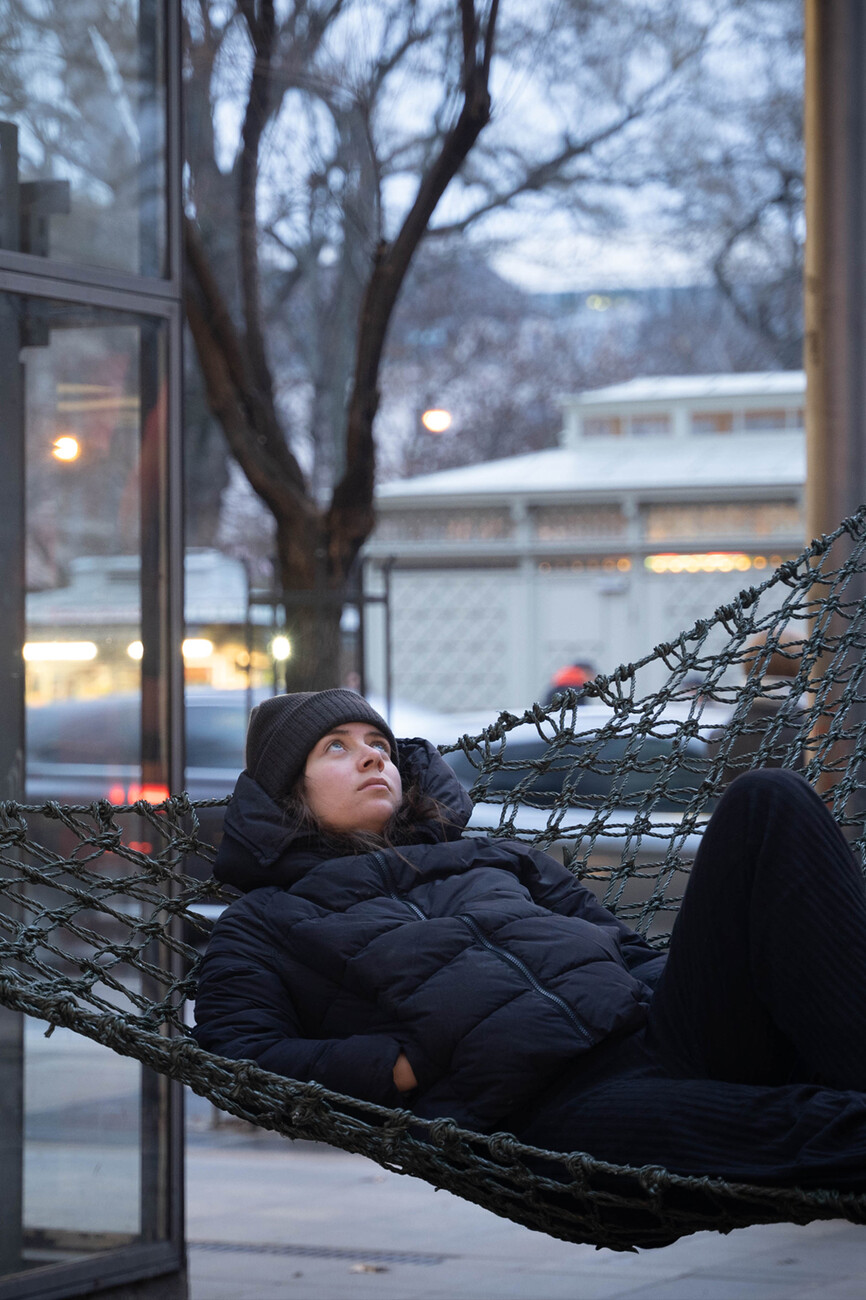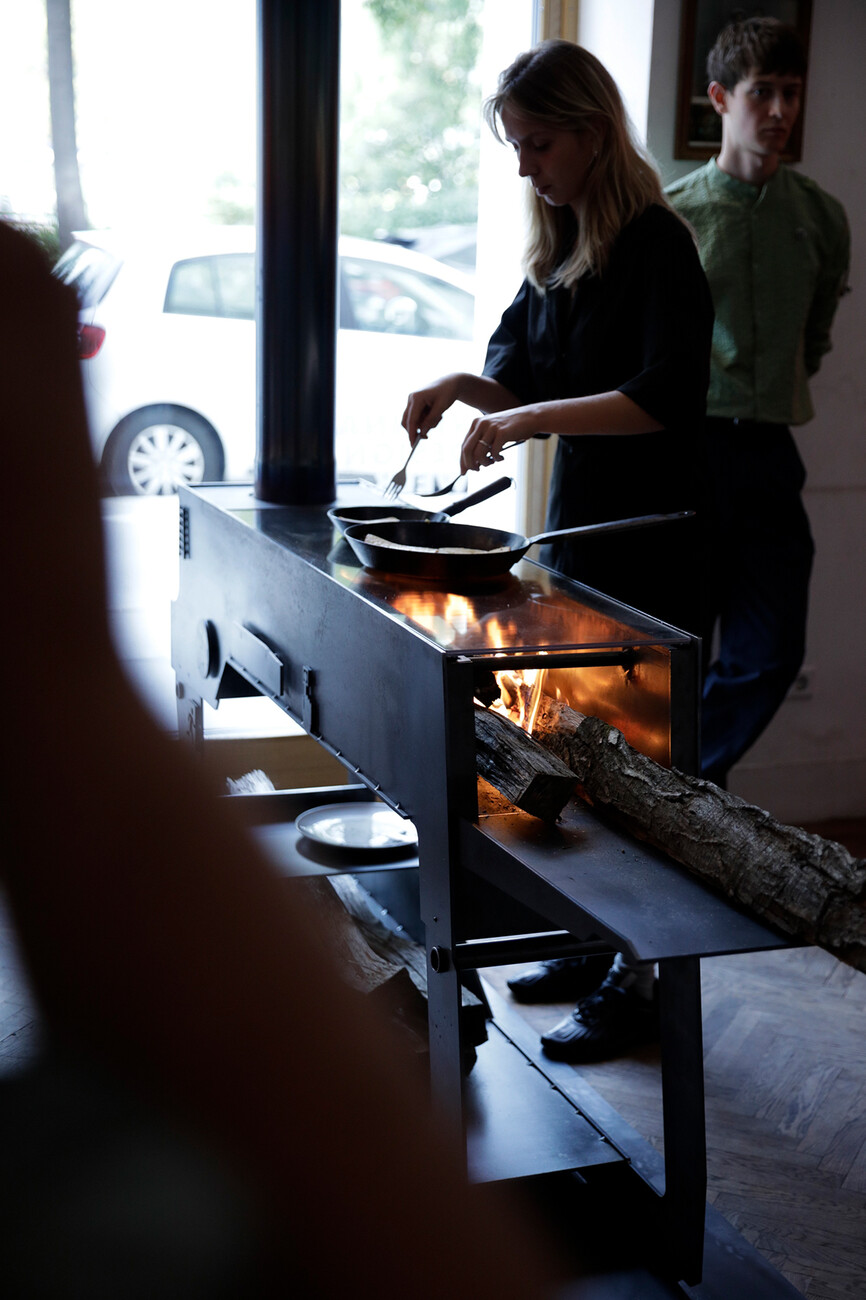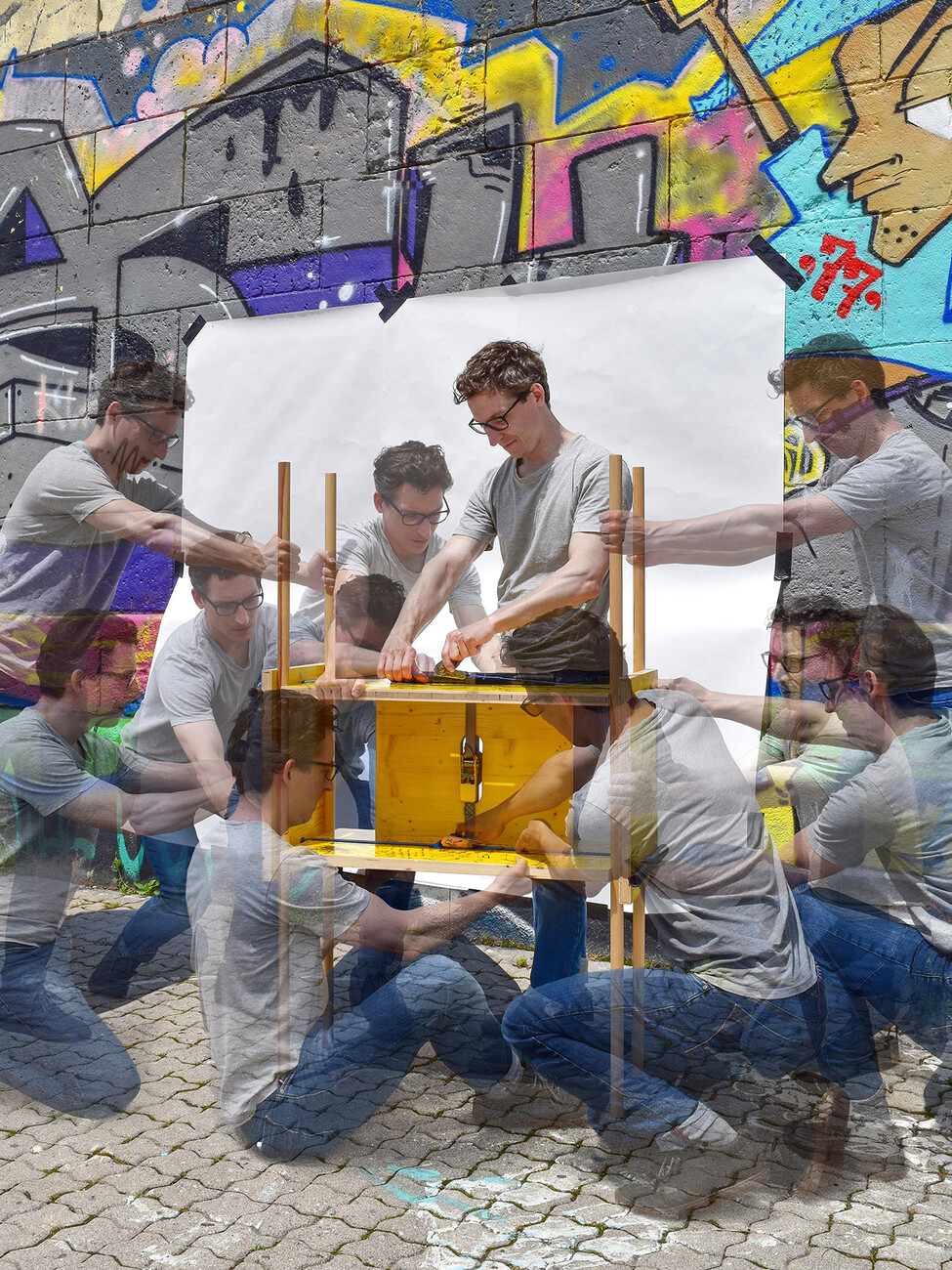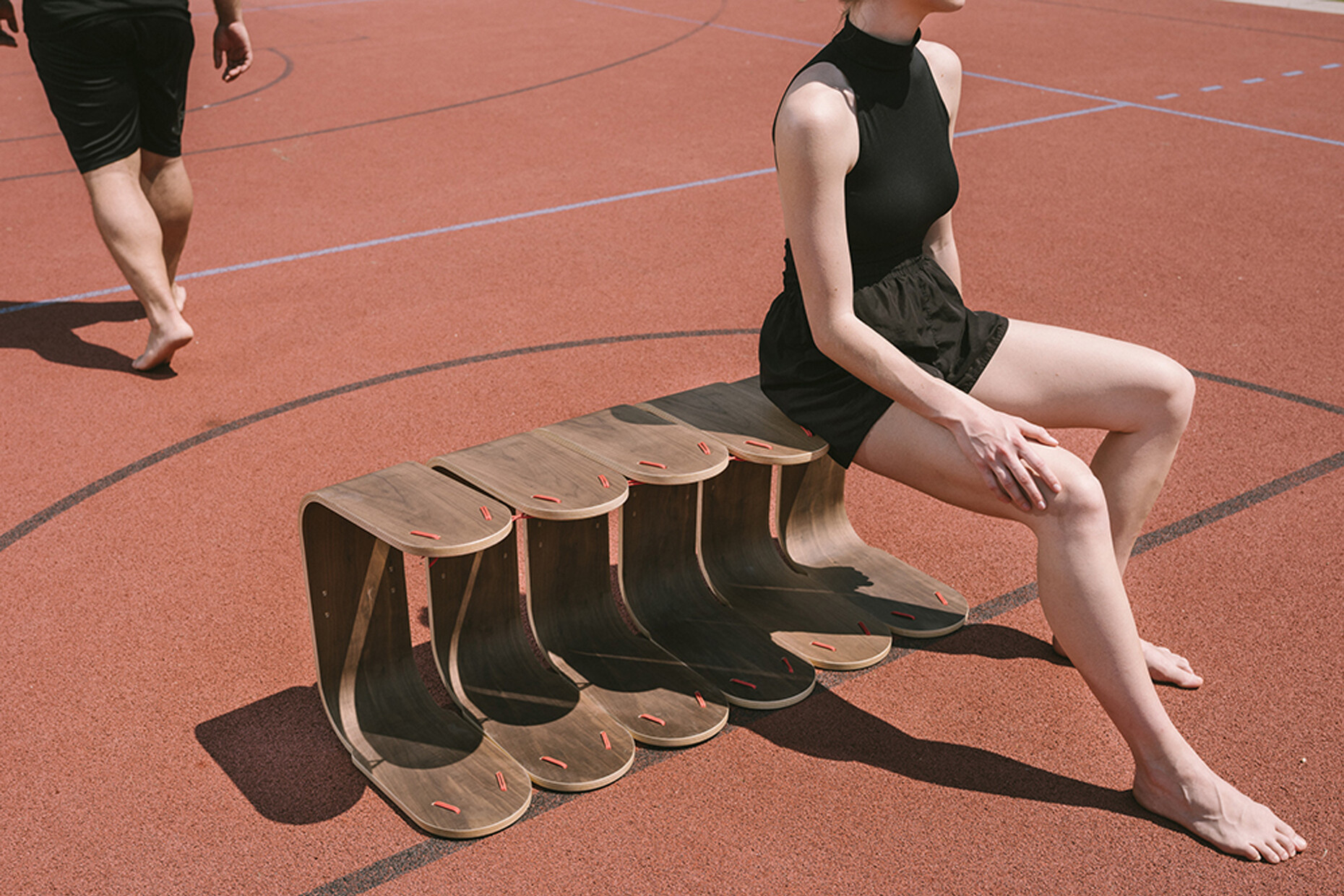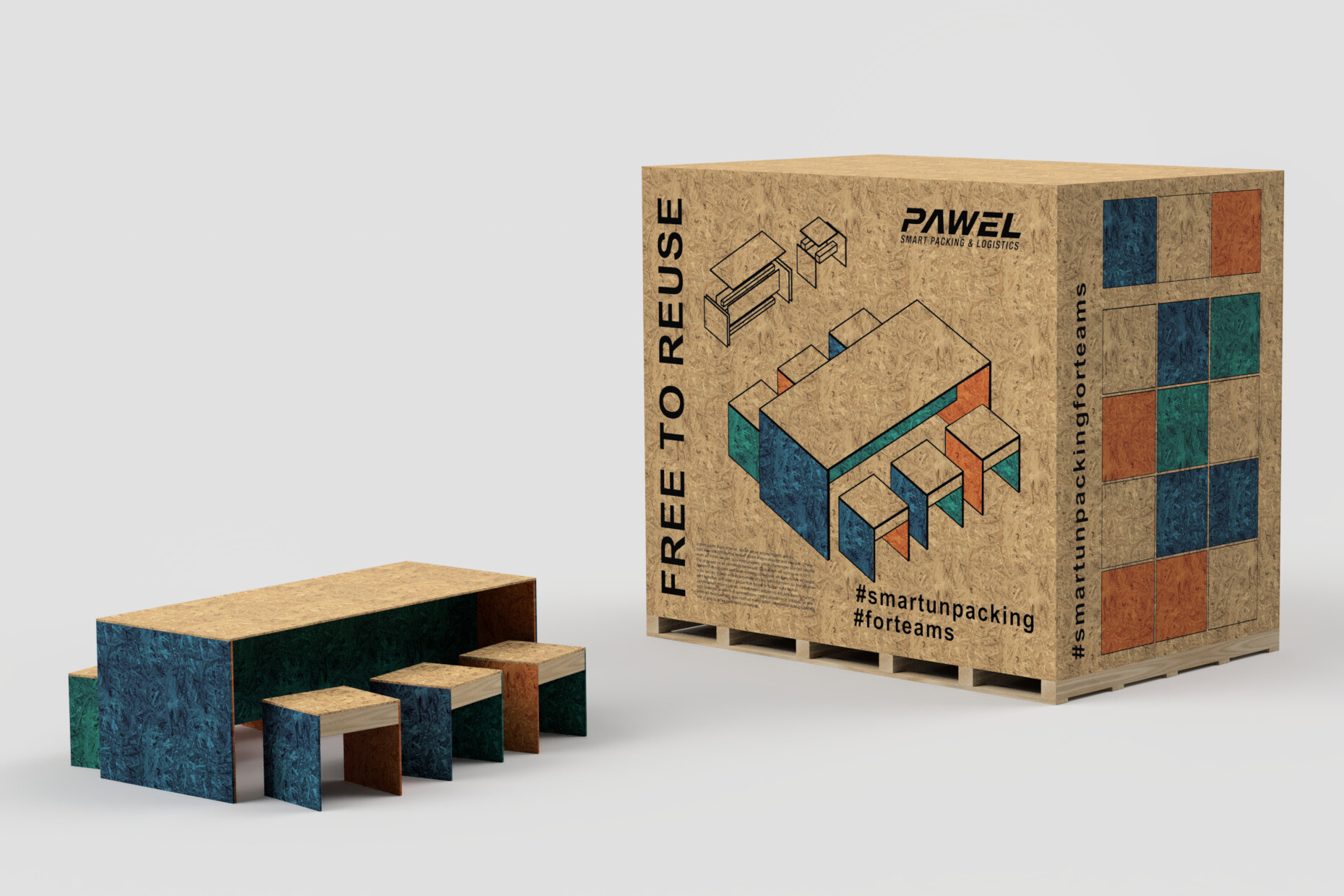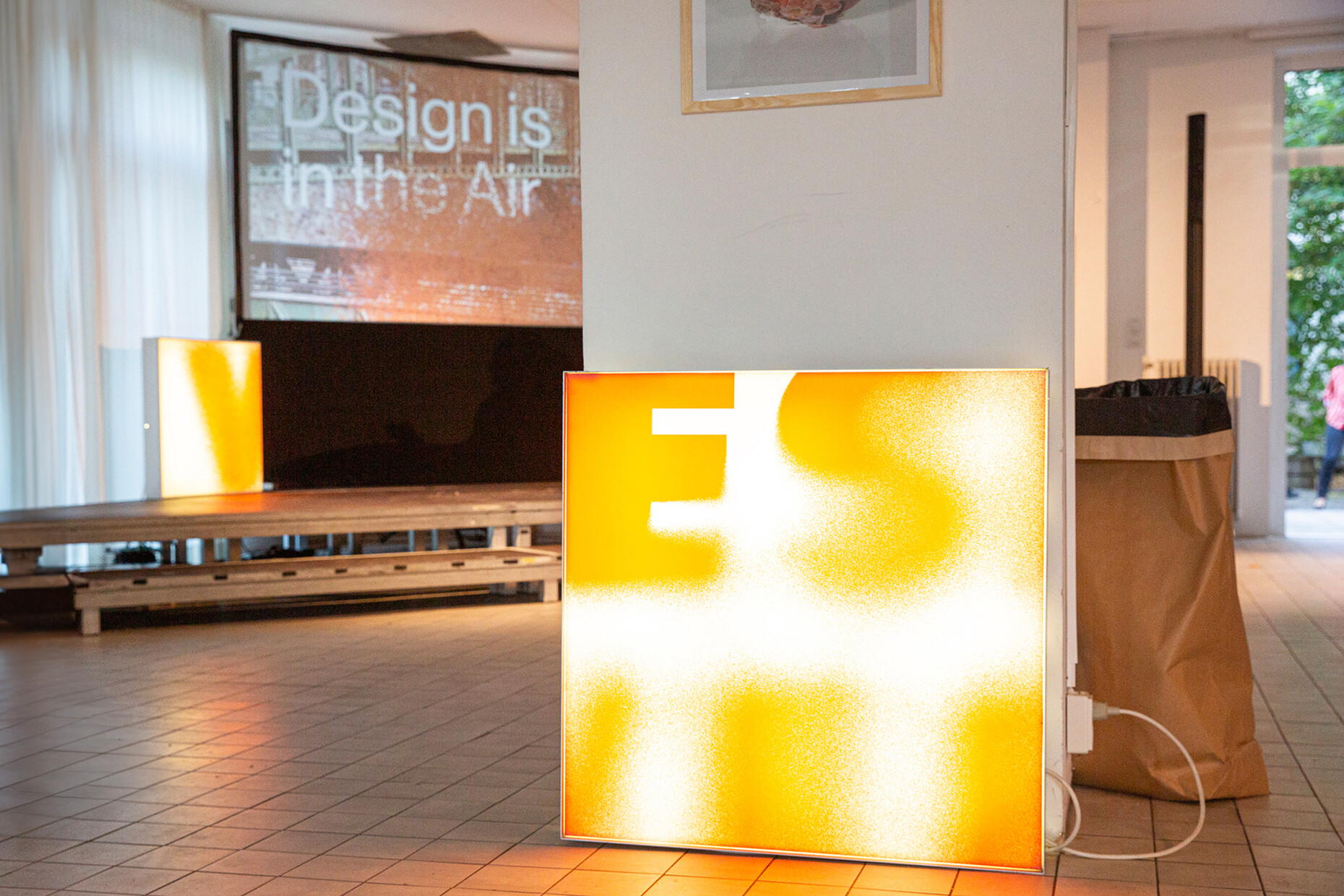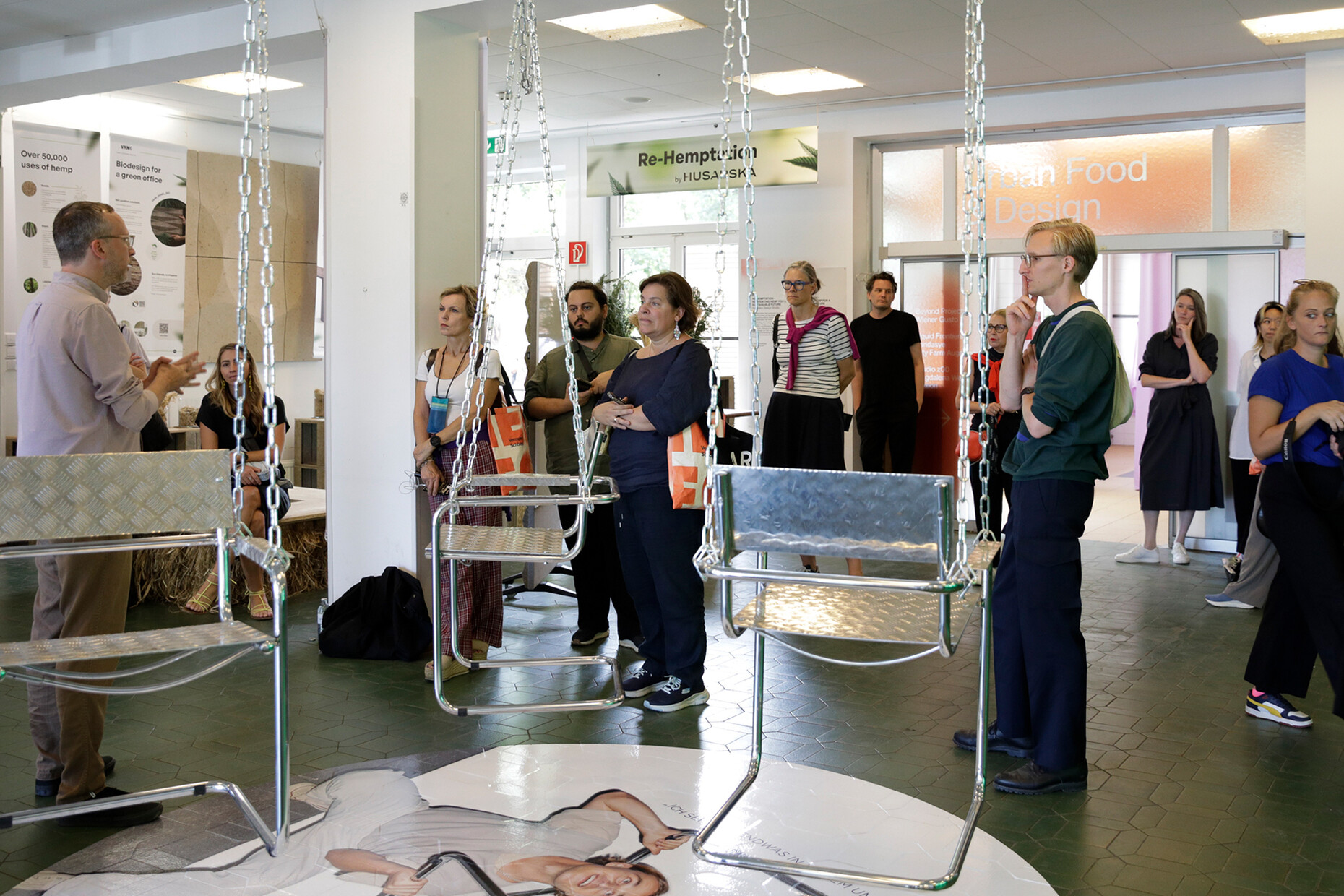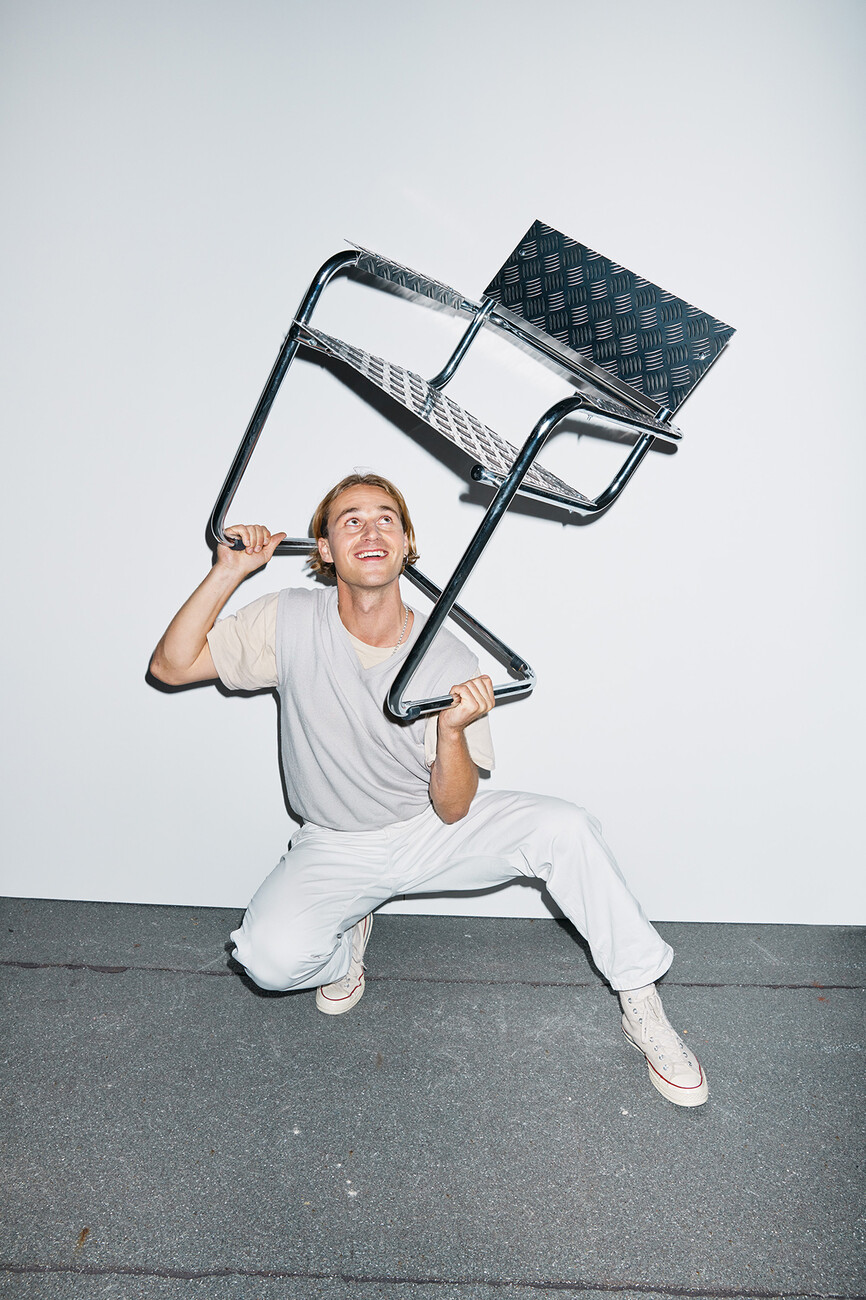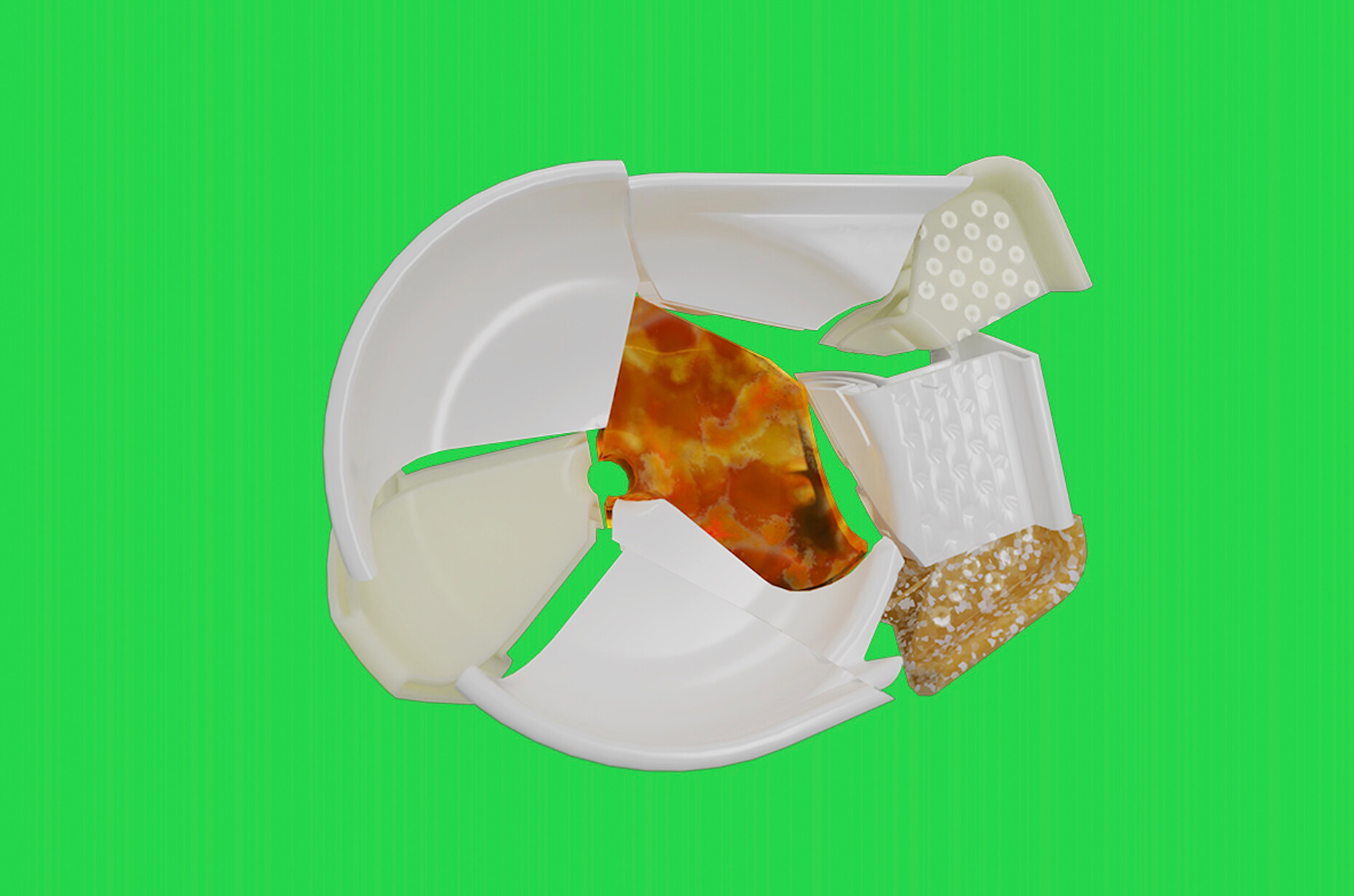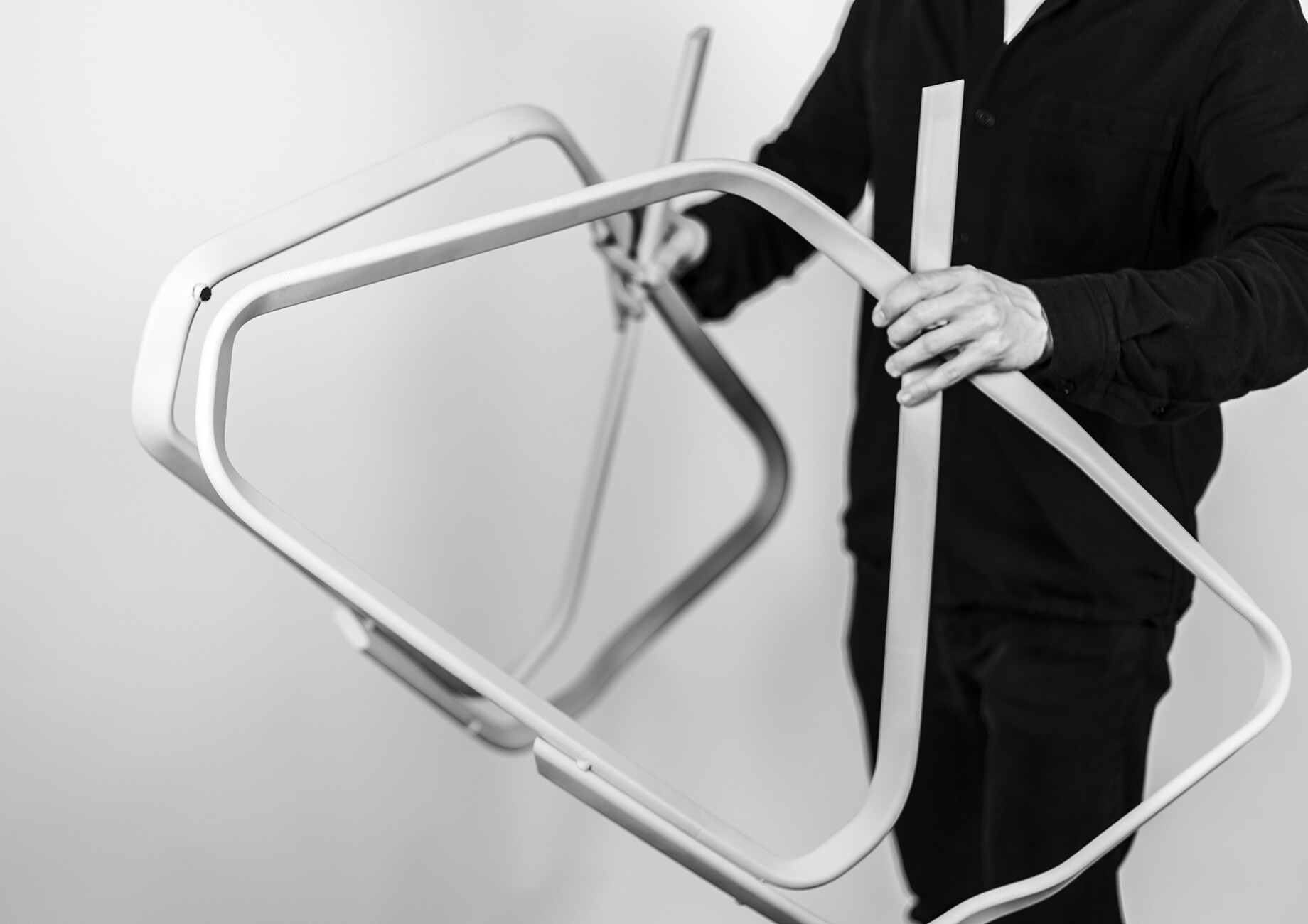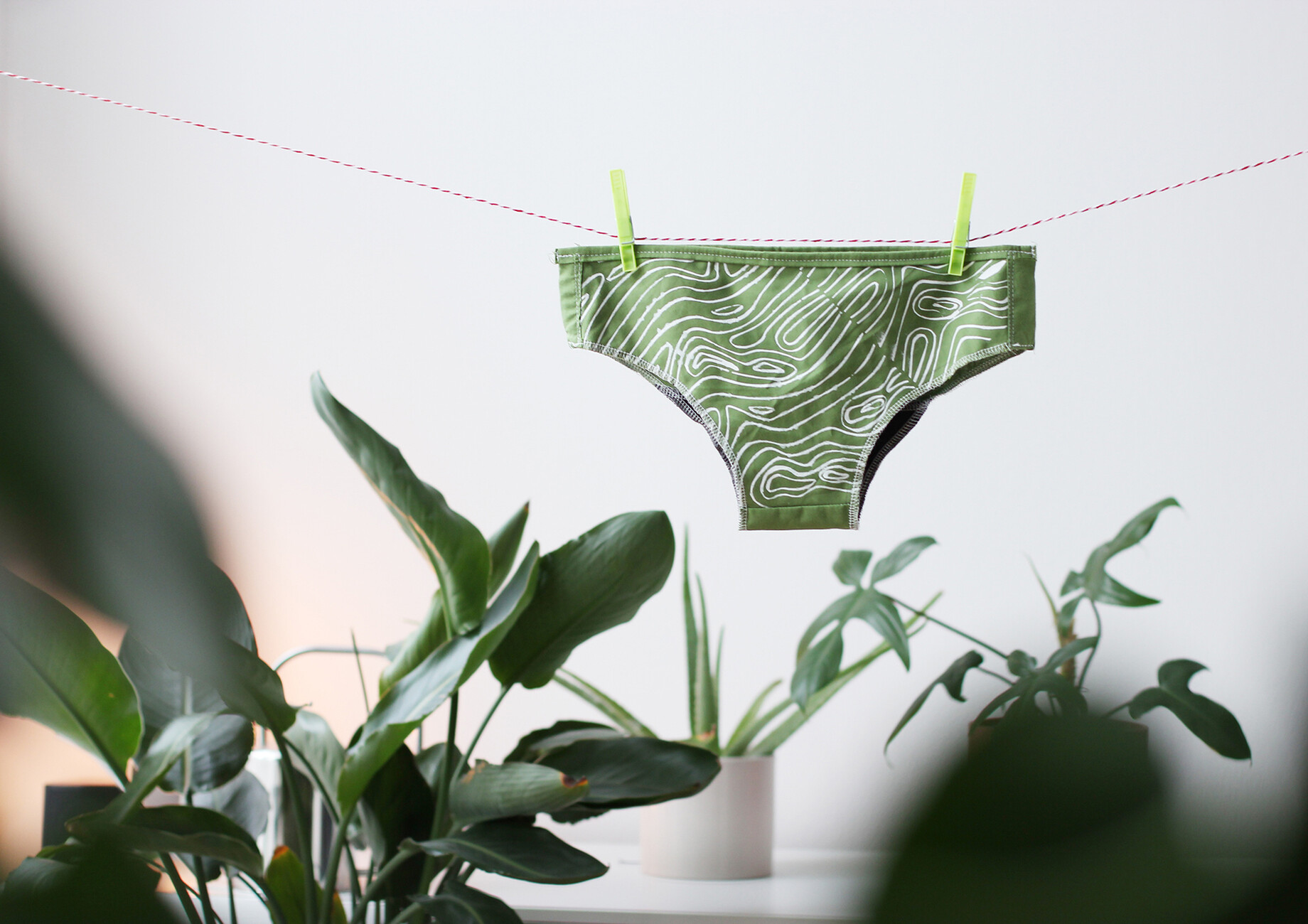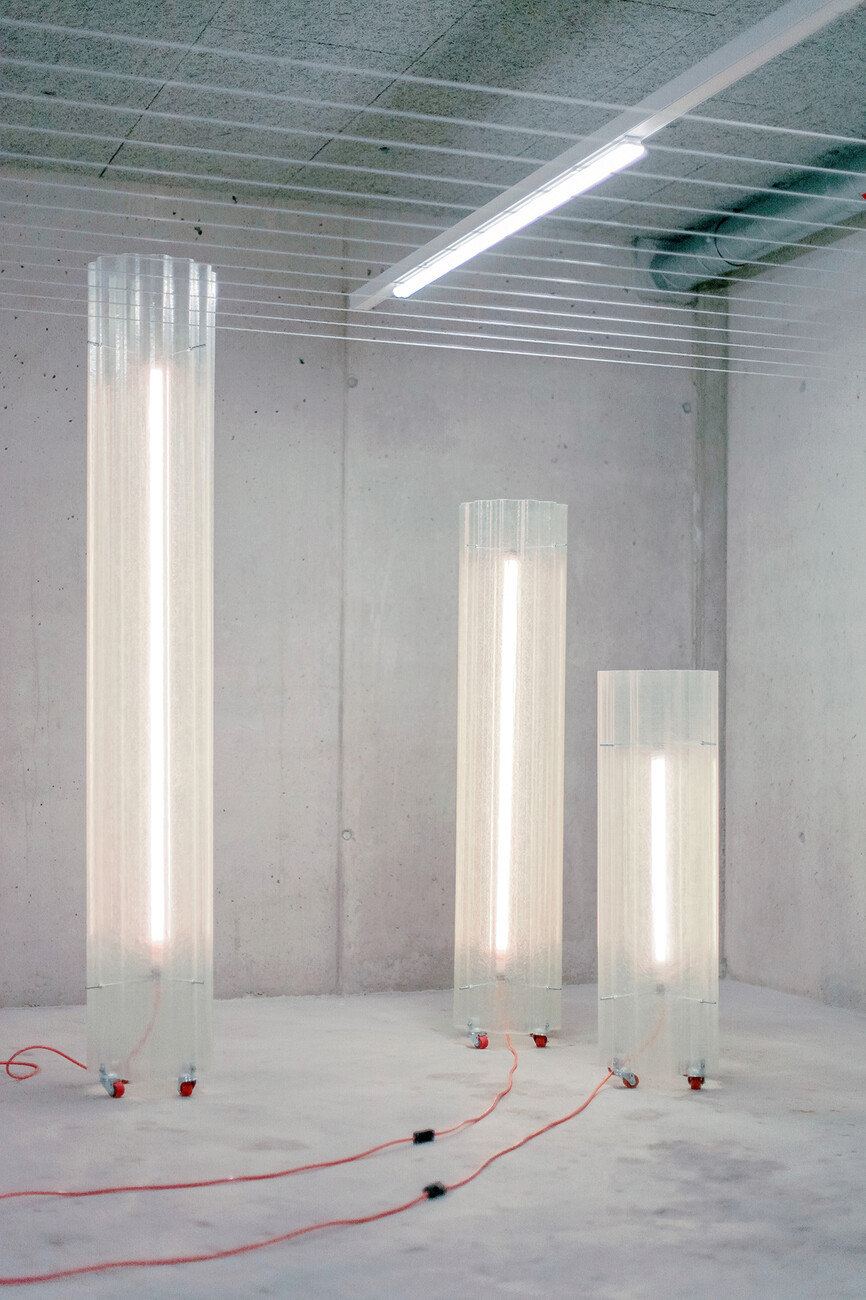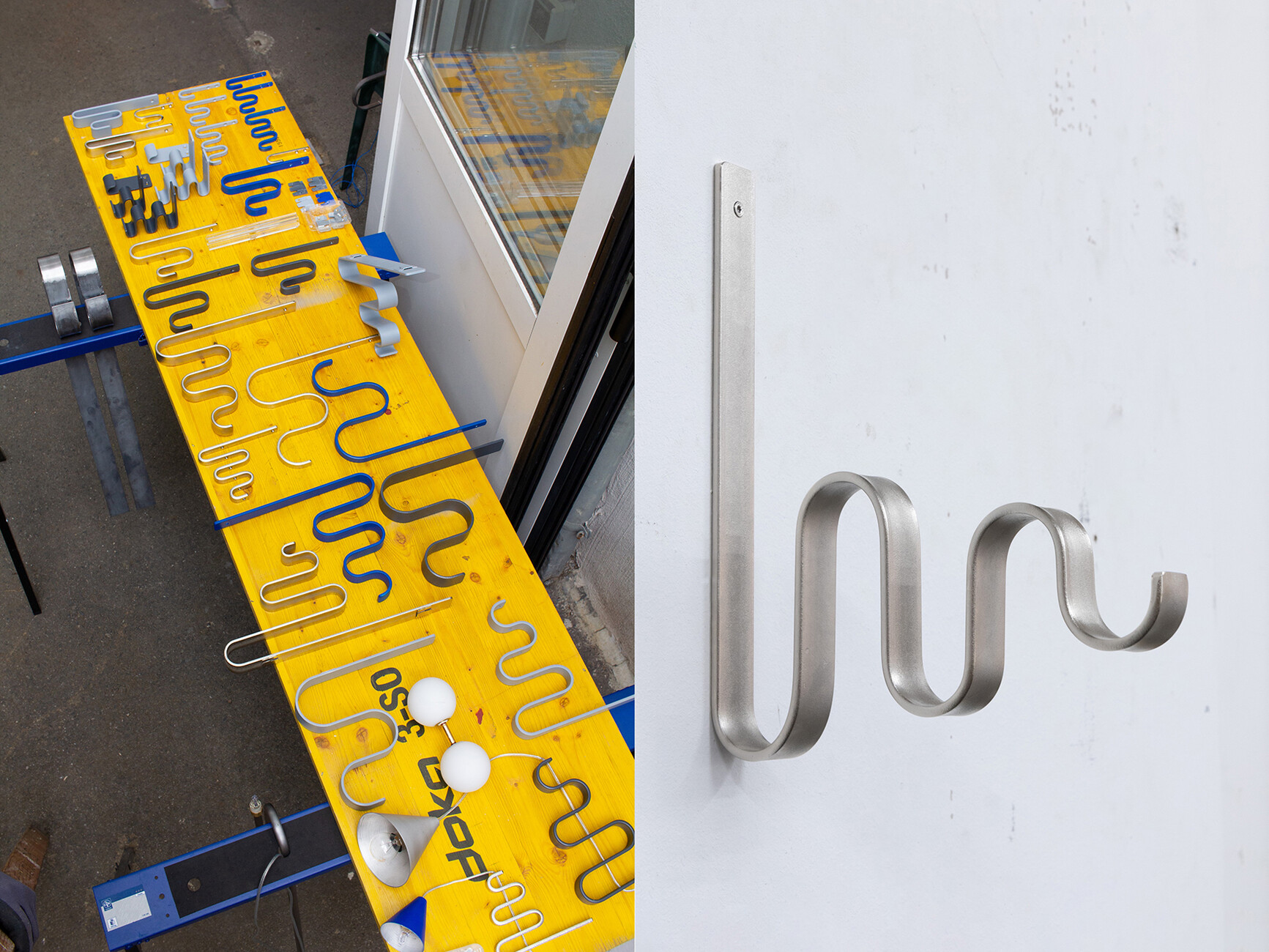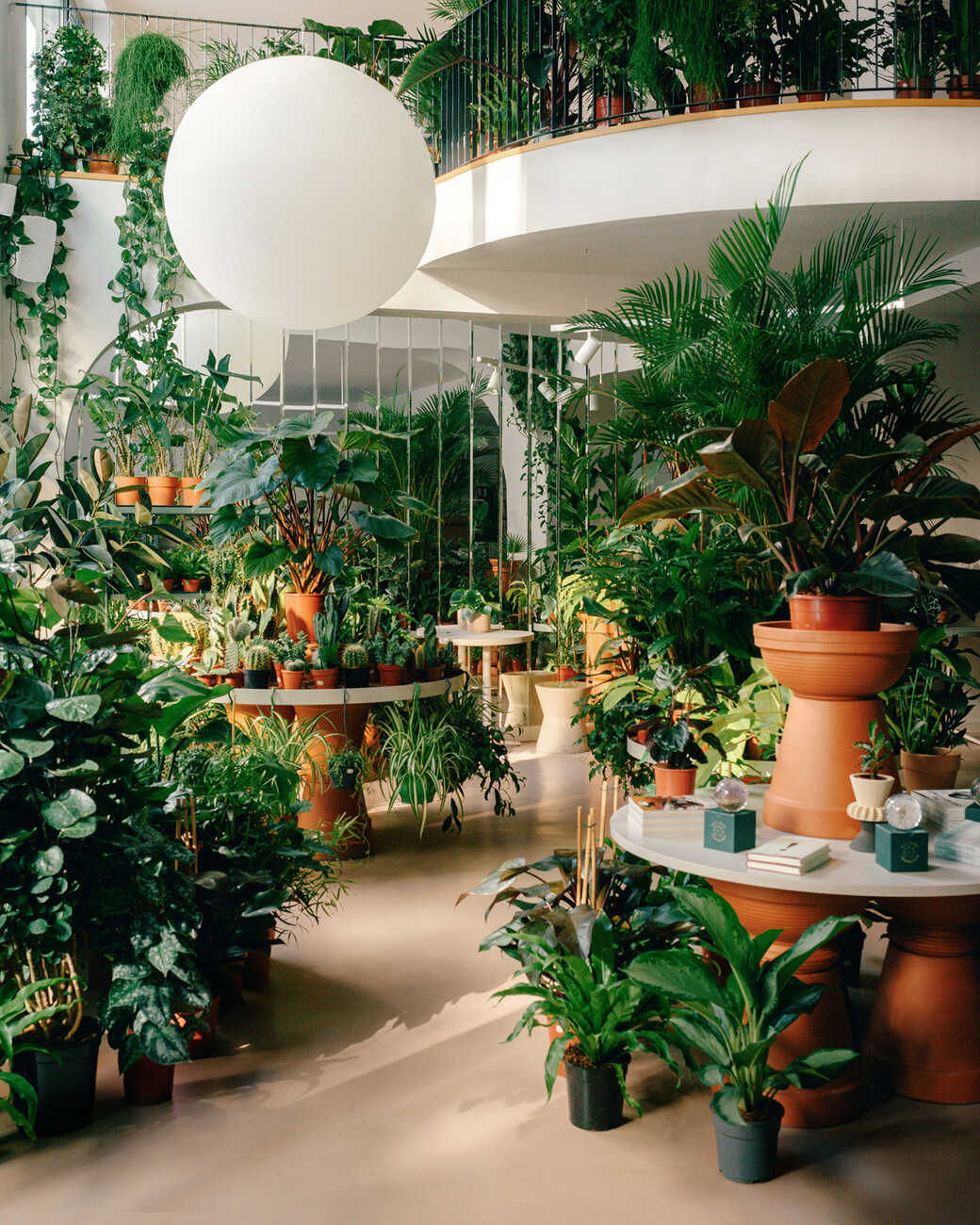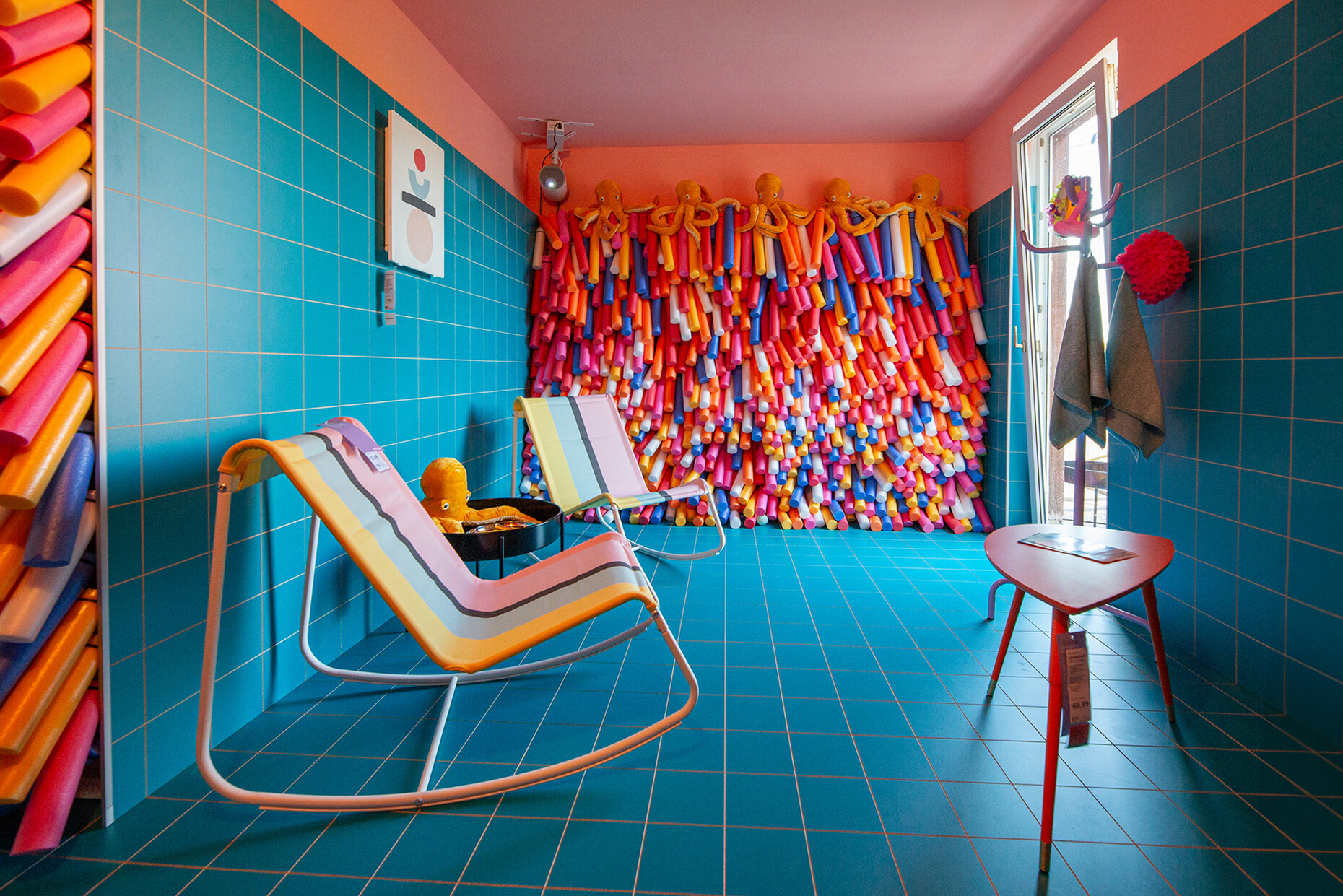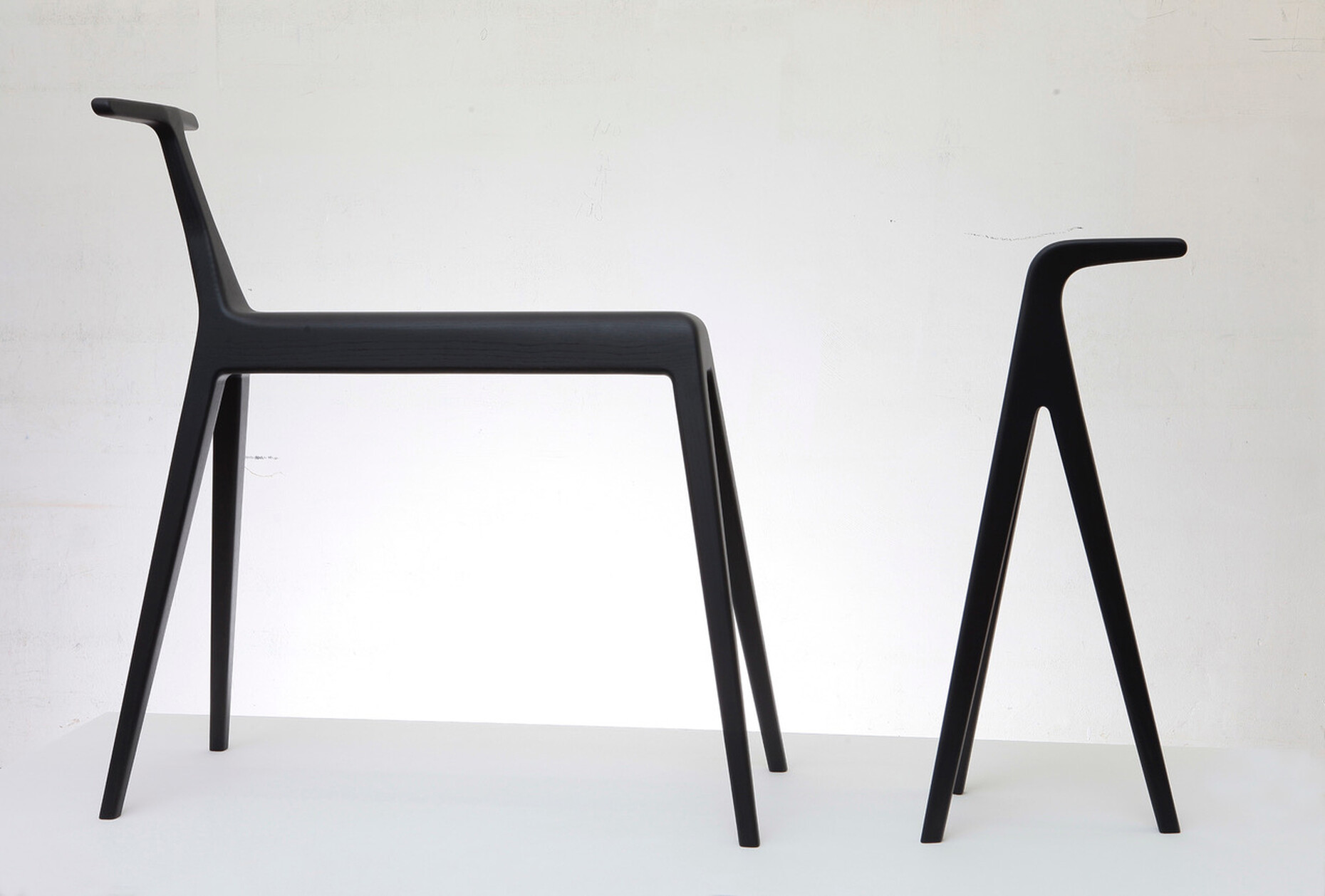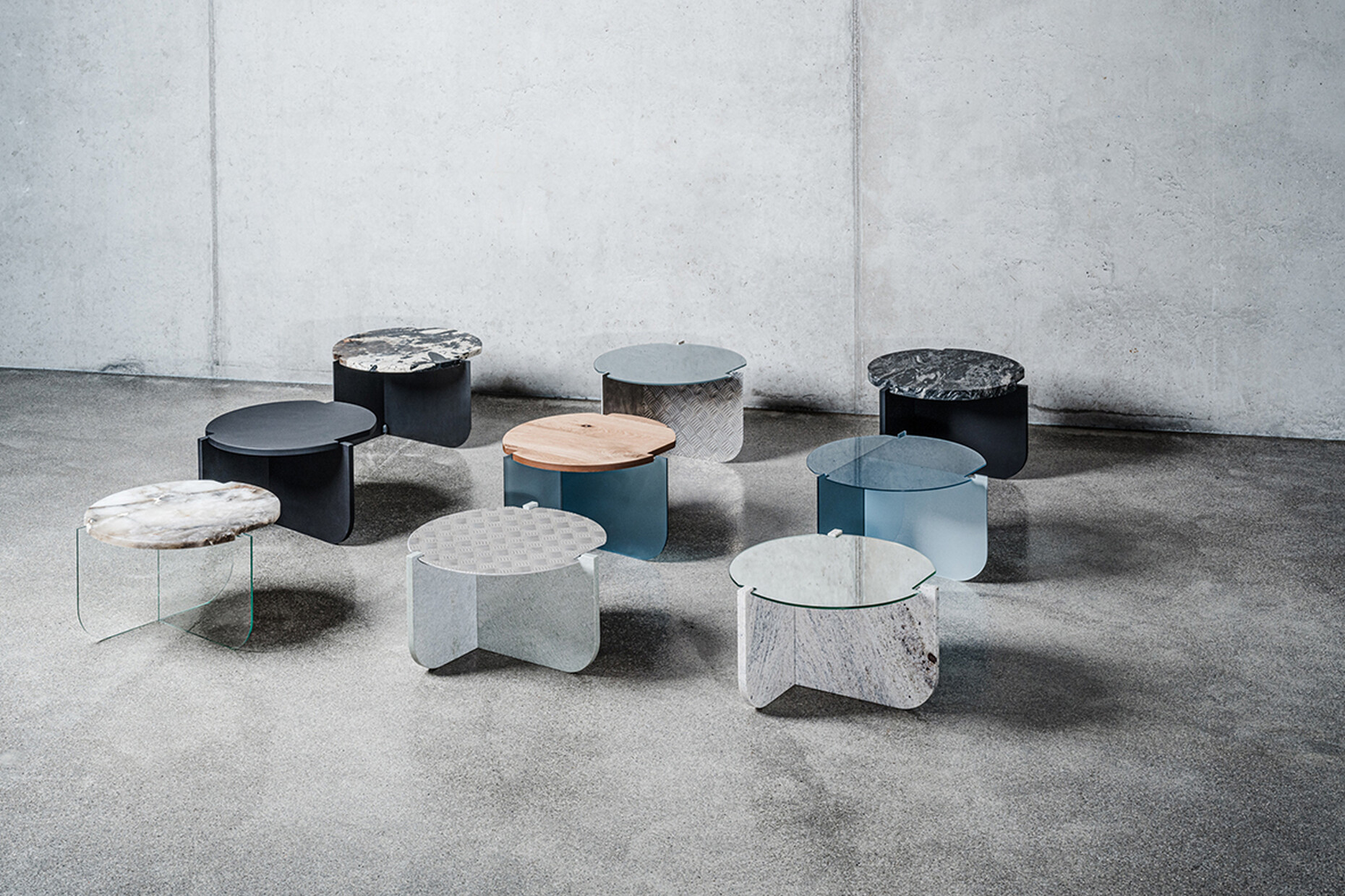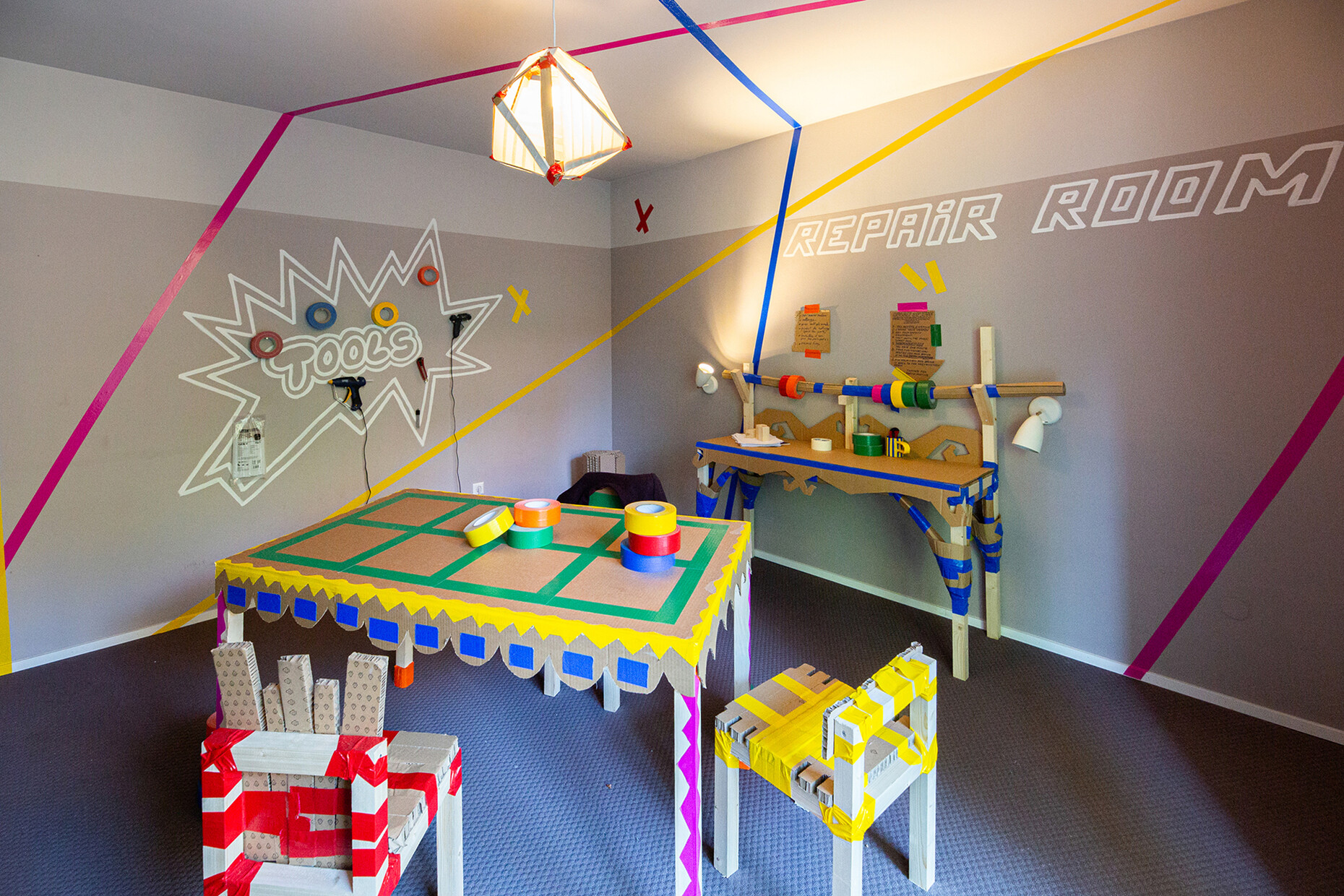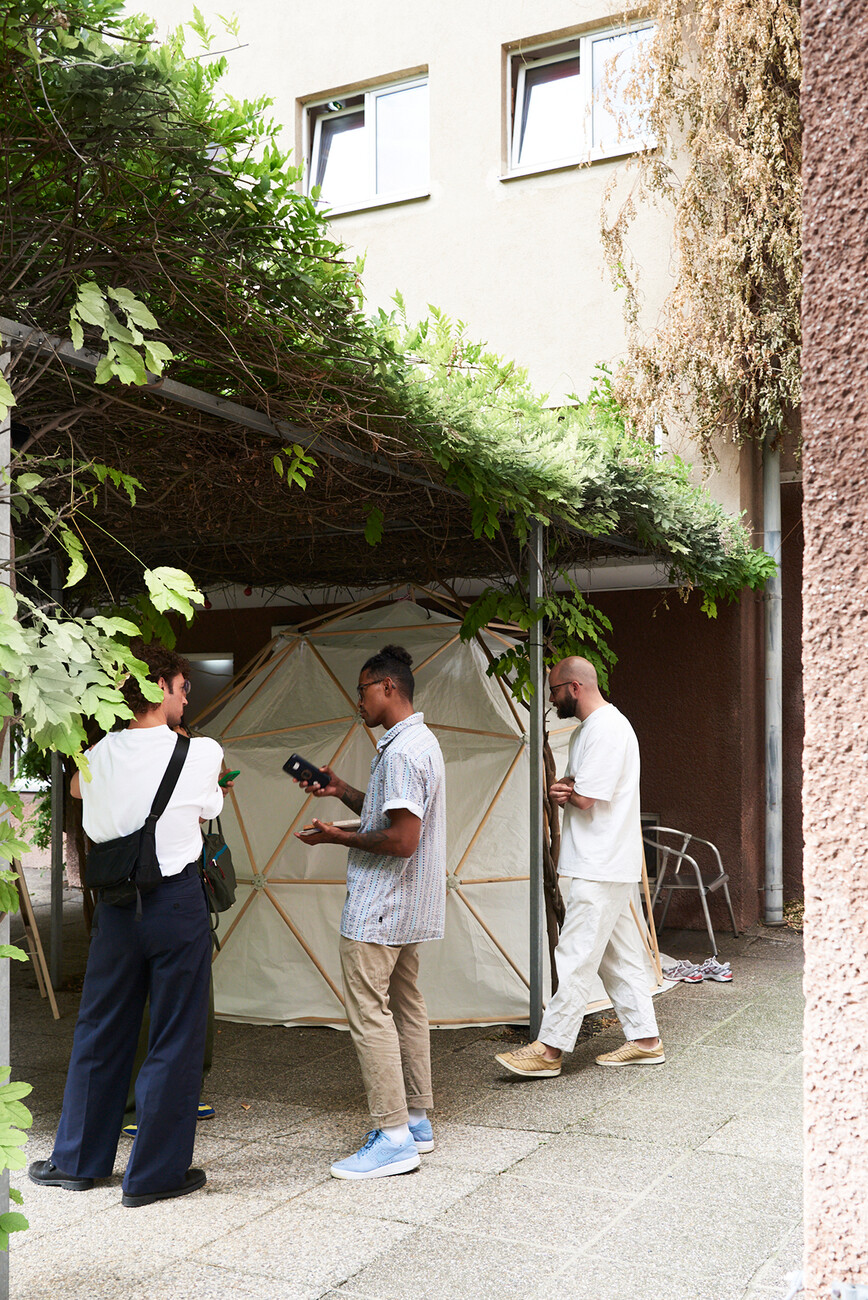It beats 17!
"For almost two decades, the Vienna Design Week has tried to bring the different approaches and ways of looking at design into focus. This is important because it is a world of products and objects that surrounds us every day. The festival consists of a series of different formats that make it happen, with newly forged connections and fresh content from professional designers and companies," says Gabriel Roland, Director of Vienna Design Week. And he adds: "It is deliberately kept low-threshold – public and with free admission, from schoolchildren to international audiences. Everyone is welcome to come and see the projects. We're all about people getting in touch with each other, communicating and learning things from each other." The Vienna Design Week originally began as Passionswege, a format that brings together a designer and a company to develop a project together. The Passionswege are a symbiosis of design and craft, whereby it is not always ostensibly about creating a new product, but about discovering common passions. The process is not forced into a temporal corset. The Vienna Design Week sees itself here as a mediator between two carefully selected participants who then try things out for themselves and end up in a creative process.
One of these projects of Edition 2023 is A+++ by Johanna Seelemann with Florin Varga of Pyrarium on the Danube Canal. Here in the stove manufactory with its own workshop, the German designer, who studied in Reykjavik and Eindhoven and has worked on projects with the Italian design studio Formafantasma, is dedicated to fire, its history and how to use it as efficiently as possible. "We thought about a possibility that goes beyond heating with fire and developed a fireplace that is heated with wood and can be used for cooking," says Johanna Seelemann. "The path to this object brought us into a dialogue about the use of biomass, but also about how the use of fire is often seen as inefficient and unhealthy. But if we look back in history, fire was used far more efficiently than we can today with new technology. Fire was used in many ways: for cooking, heating water, washing clothes, lighting, keeping food warm or heating. Biomass was also used differently in the past, not only by cutting down trees, but perhaps only by taking branches, which kept the tree alive. We wanted to incorporate and show all this in our project." The object was designed in a minimalist way, conceived to accommodate long branches and adapted as best as possible to today's efficiency standards in terms of materials and technology.
In a small side alley very close to the Augarten and the Sängerknaben is the millinery studio of Eva Siebert Hutmacher Biester, who was teamed up with the Austrian-French designer duo Célia Picard and Hannes Schreckensberger as part of the Passionswege. In their project, straw braid, always perceived as simple, is shown in a new light, because the processing is anything but simple. "We looked at Eva's technique of how she works the straw braids because we love natural materials. The beauty is that we start with a very narrow band, which we sew together piece by piece into a tapestry with a wonderful machine that is over 100 years old," says Célia Picard and Hannes Schreckensberger adds: "We were also able to use different shades of colour because the bands have their natural colours – from beige to yellow. In some cases we also coloured them. The big challenge was to make something really big out of this smallness, especially to go beyond the normal hat size. The flatness of the tapestry also contrasts with the curves of a hat. With the loops, we broke up the flatness again." The aim was to take a material out of its context and give it a new function." But what was it like for milliner Eva Siebert not to make a hat? "My hats are all unique pieces that I made individually for my clientele. I've had this hat business for two years, and even though I'm not in the centre of town, it's going. But I was very excited to take on this project because I always enjoy new input from other creative people. For me, it was great to see the different approach to what else you can do with a classic hat material."
A project of the social design format Stadtarbeit, which invites people – festival visitors and random passers-by – to join in and help shape public space in the form of a creative action initiative, is the city networks membran, developed by the four-member team Julia Habarda, Julia Katharina Hahnl, Frida Teller and Tobi Kauer, all students of the Design Investigations class at the University of Applied Arts. Using self-built equipment made from leftover building site material, damaged building tarpaulins that have been cut into strips for the project are twisted into cords according to the rules of traditional rope-making craftsmanship to make nets that are intended as places to linger, dream and play. The Praterstern, a lively, multi-layered zone around a railway station, was chosen for the project. The urban work format itself, which celebrates its tenth anniversary this year under the motto "Increased beauty", aims to actively involve the population with all its social dynamics within the framework of creative methodology.
Sponsored by a renowned Austrian bank, a jury of experts will select three projects for implementation, which will also have a chance to win the Social Design Award. In addition to the London-born creative urbanist Eugen Quinn, who asks Austrians about their citizenship in his quiz "How to be Austrian – The Citizenship Pub Quiz" in various eateries around the Praterstern, JB Gambier and Hugo Beheregaray are also nominated with "The Destruction Room". The two designers, who live and work in the Netherlands, invite visitors to destroy white cardboard furniture in one minute with a tool of their choice and then repair it with colourful tape. As a result, the sterile white space becomes more and more colourful and the furniture more and more extraordinary. "We are looking forward to what will come out in the end and want to give everyone the opportunity to be part of the design. But we are primarily interested in creating awareness for a process that has always accompanied humanity: Destruction and the creation of something new. What do we conserve? What do we keep? What do we destroy? What do we repair?", says Hugo Beheregaray. "We have to create a balance – that is our message with this project."
Festival headquarters near the autumnally golden Prater Hauptallee. The temporary headquarters of the Vienna Design Week moved in here, a former Caritas retirement home that will be converted into a hotel afterwards. That's also nice to hear, because the many festival venues were only occupied this one more time and then demolished. The five-storey building is played on four levels and is full to bursting with individual contributions that have set up in the former rooms with bathrooms. The wealth of ideas alone, how differently the simple rooms can be staged, is astonishing. At the very top, two old acquaintances have taken over part of the space. The Swiss watch manufacturer Rado is not only showing its new Rado True Square Thinline x Vienna Design Week model made of ultra-thin high-tech ceramics, but is also presenting the video installations designed on the occasion of the Rado Moving Materials competition, from which No Worries Just Shapes emerged as the winning project. The jury praised above all "the interplay of hypernaturalistic materiality and abstract formal language, underpinned by an almost tangible soundscape, as well as the particularly successful response to the circumstances of the Rado boutique in the city centre, which allows passers-by to immerse themselves in another world in a low-threshold way". The other old acquaintance is Ikea, which is celebrating its 80th birthday with an exhibition spanning six themed rooms under the title "Democratic Design". As different as the individual furnishing scenarios may be, the visitor is impressively conveyed the unwavering vision of the Swedish company, namely to make good design affordable for all without compromising on function, quality and sustainability.
The Platform format, which extends over large parts of the floors, surprises, brings a smile to the lips and makes you think. For example, about the fictitious last guest of the hotel in room 105, whom the design duo March Gut (Christoph March and Marek Gut) still lets take a shower behind the closed bathroom door with the light on. Or the "room with a view" by Lucy.D (Barbara Ambrosz and Karin Santorso), who have created a hotel room network for the future European Capital of Culture Bad Ischl Salzkammergut 2024 across eight accommodation establishments in the region, each of which is connected by a sustainably designed special room. In the middle of the staircase of the festival headquarters, Johannes Rath, one of the three cousins who today run the traditional Lobmeyr company - and incidentally also its 200th anniversary in 2023 - has placed three designs by designer Eva Petrič, whose forms are based on historical lanterns. She plays with the translucency of lace to create a lively interplay of light and shadow.
"We consider Eva Petrič a long-time friend of the house. My intention was to bring back to the stage the use of the lanterns, which used to be not insignificant in the storytelling of a building's lighting concept – in corridors, stairwells, entrances and driveways. They thus embody a real narrative strand in the lighting choreography up to the large chandeliers in the Beletage. Unfortunately, they have been forgotten in recent decades, and we have now brought them back before the curtain. To do this, we chose a lace decor that adorns the neutral, flat surfaces of the glass," Johannes Rath explains. In one of the rooms, designer Walter Grill presents a shelf that catches the observer's eye: Is it already finished or not? His "Social Shelf" consists of many individual parts that are held together with a belt tensioner. But the result has a profound prehistory, because it needs one person per individual part to help assemble it. "My idea came about in the first Lockdown, when people weren't allowed to see each other. So I wanted to design a piece of furniture that – when you're allowed to be together again – gathers as many people as possible in one place to build a single piece of furniture together." Each element has to be held and put into position, only then can you finish it. Visitors to Vienna Design Week can try this out right away.
On the ground floor of the festival headquarters, respectively also in the garden of the building, it is green. In the Urban Food & Design format, awareness is created, such as the joint project "Amino Feast – Alchemy with Proteins" by Studio z00, Magdalena Weiss and the Viennese company Arkeon, which features a classically constructed feast table where one can have a special taste experience with all the senses. As a result of the new sensory perception, which presupposes the willingness to accept new kinds of food, answers are being sought in relation to food supply. The background to this is the development of a sustainable method for the production of amino acids from carbon dioxide by Arkeon.
Anke Noack and Olivia Ahn of Beyond Projects take a less experimental and more emotional approach to the theme of home – the bean, the city and art. Together with Wiener Gusto, a company that markets home-grown organic products on the city's farmland, the soybean and its home in Vienna were brought into focus. Based on the idea "From the city - for the city", we want to show that everything can grow practically around the corner and that there would be no need for long transports. What is new is the soybean field that has been planted, the fruits of which are not linked to the word home in our minds like potatoes, maize, beetroot, etc. The idea is to show that everything can grow practically around the corner and that it would not need long transports. It is exciting to discover that soy has actually been in Vienna for 150 years. Sacher cake is younger than the soybean," Olivia Ahn notes. "Many things that we associate with home today did not originate in Austria and were unknown and new. But we 'nativeised' it with us. For us, this has set in motion the thought of what home means to us, what is foreign and how can we make something that is foreign part of our home. This can be done by creating new memories.
Speaking of greenery: when you jump into town, or more precisely into the frame shop at Neustiftgasse 62, you can discover living pictures. Designer Miki Martinek and her project partner Sebastian Hilpold, a landscape gardener who takes botanical orders, are jointly realising artistic pictures made of mosses, philodendrons, ferns and other plants for urban interiors under the title "we frame landscape". The 20-kilogram pictures made of earth, living plants and handmade porcelain as a contrast have a gentle and calming effect, spreading fresh air and good humour. "The plant paintings for city dwellers are an intervention for me to bring more green into the rooms. My vision is that through such a painting you get more relationship with the landscape," says Miki Martinek. The images themselves are inspired by places in Barcelona, Piran, Siena and Vienna's Praterstern in the focus district. Just one of the many Vienna Design Week hotspots to be discovered in the city in late summer temperatures.
Vienna Design Week
Until 1 October 2023
